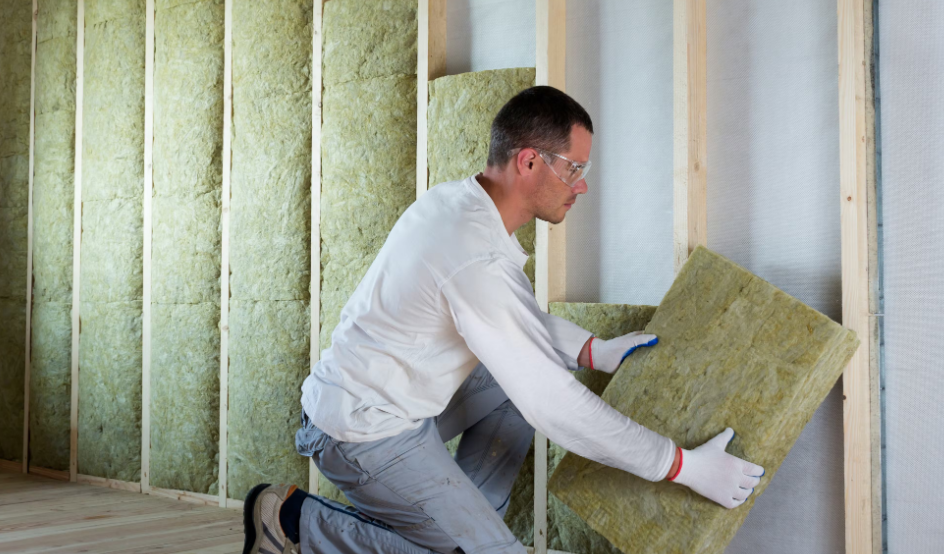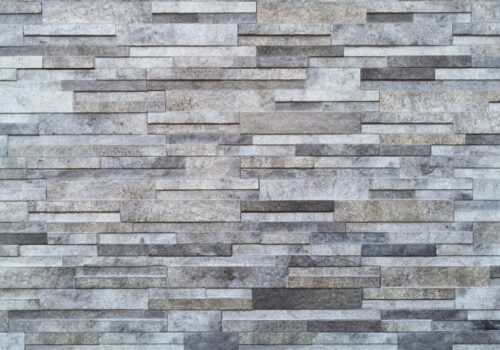A Guide on Different Types of Insulation Online Available for your Home Insulation Project
Good insulation online of your home is extremely important. Insulation helps keep you warm in winter and slows down the flow of heat in your house in summer.
A well-insulated house can be warmer in winter and cooler in summer, creating a more comfortable environment for you and your family all year round and helping you reduce energy bills!
When researching what type of insulation you should install in your home, you will find that three things need to be considered: material, type and location / use. Below we discuss some important types of insulation for home projects.
Blanket insulation
Blanket insulation is the most common type of insulation and is supplied in rolls. Bats and rollers are available in various widths and thicknesses. The most common material used for separating the blanket is the durable fiberglass.
Different types of insulating blankets have an added surface to create an air and / or vapor barrier. Common surface materials include kraft paper, vinyl records and aluminum foil.
The biggest selling point for insulating blankets is that the homeowner can install the felt boards himself. Depending on the insulation project of your house, installing insulation blankets can be a quick and easy process.
The best places to use this type of insulation are unfinished walls (including foundations), floors and ceilings. Consult insulation suppliers Australia to know more about it.
Spray foam insulation
Sprayed foam insulation is a common application of liquid foam insulation materials. The most common method is to spray liquid foam insulation, but it can also be injected, poured or foamed onto the surface.

The most common insulating material for sprayed foam is polyurethane. Installing sprayed insulation usually costs more than carpet insulation.
However, the higher R-value associated with sprayed foam can reduce heating costs and save you money on insulation life.
The installation of sprayed foam is ideal for insulating already finished surfaces, around obstacles, unfinished attic floors and attached walls.
Rigid foam insulation
Rigid foam insulation (also called rigid panels) can be used to insulate almost any part of your home.
The main advantage of rigid foam insulation is the relatively high R value with limited thickness. The rigid foam provides continuous coverage and provides an air and moisture seal that the insulation blanket cannot provide.
Stiffness makes installation difficult on small or irregular surfaces. It is best used on unfinished walls, floors, ceilings and unventilated roofs with low slopes.
Conclusion
Since each area in the country has a different climate, be sure to consult a local insulation online expert. When choosing an insulation specialist, consider their experience in the field.
They can give you an understanding of your specific project and what will give you the greatest long-term benefit to your home. For more information visit our Website.





